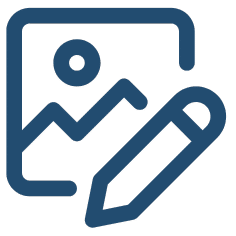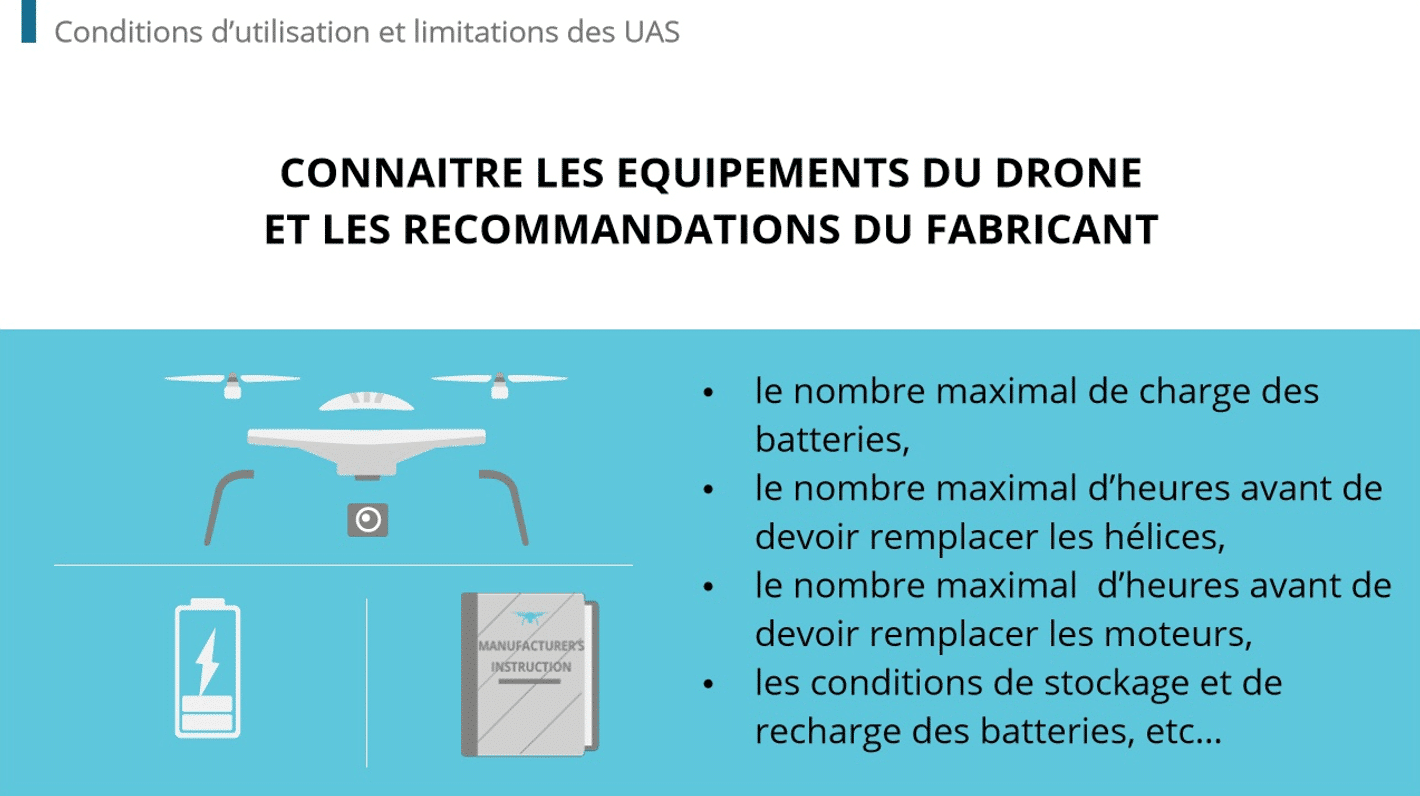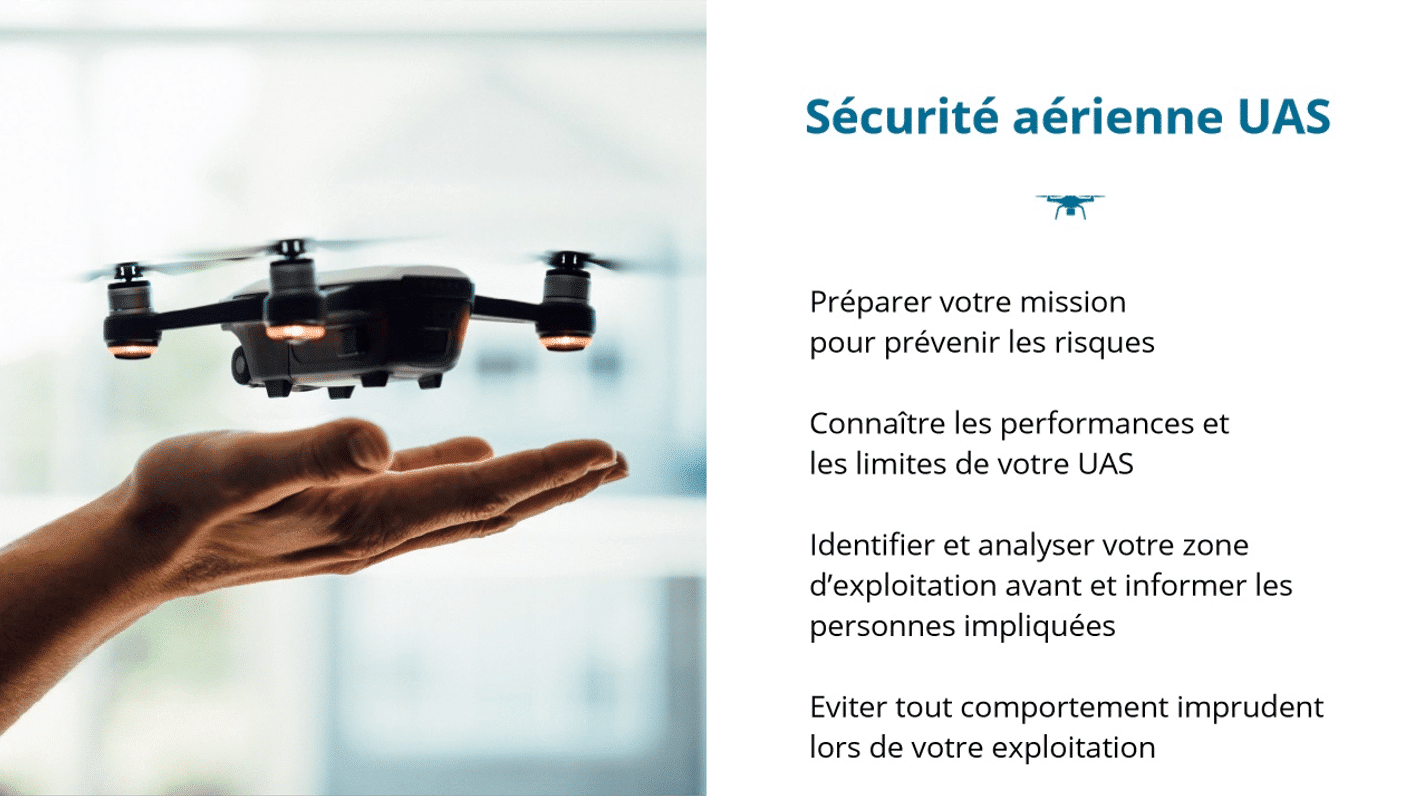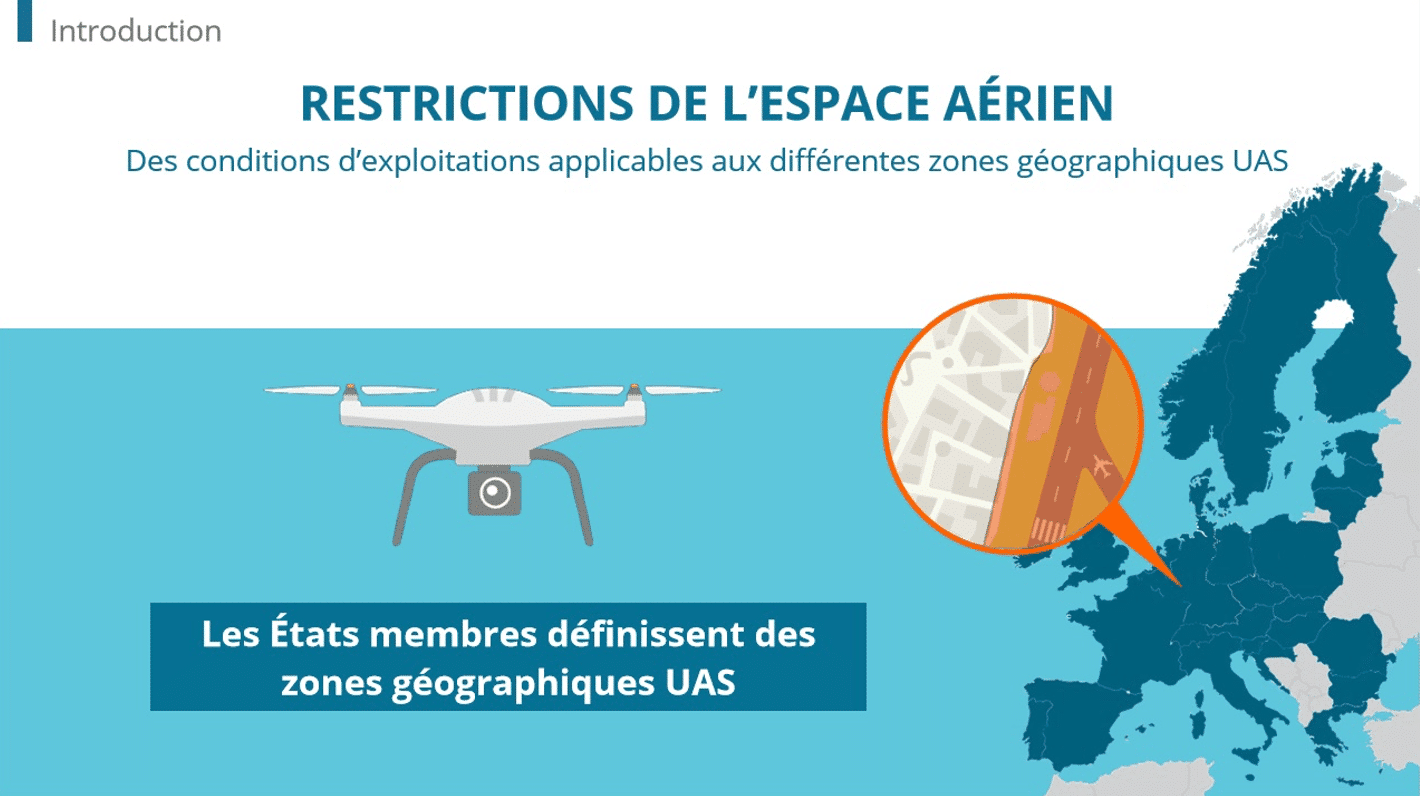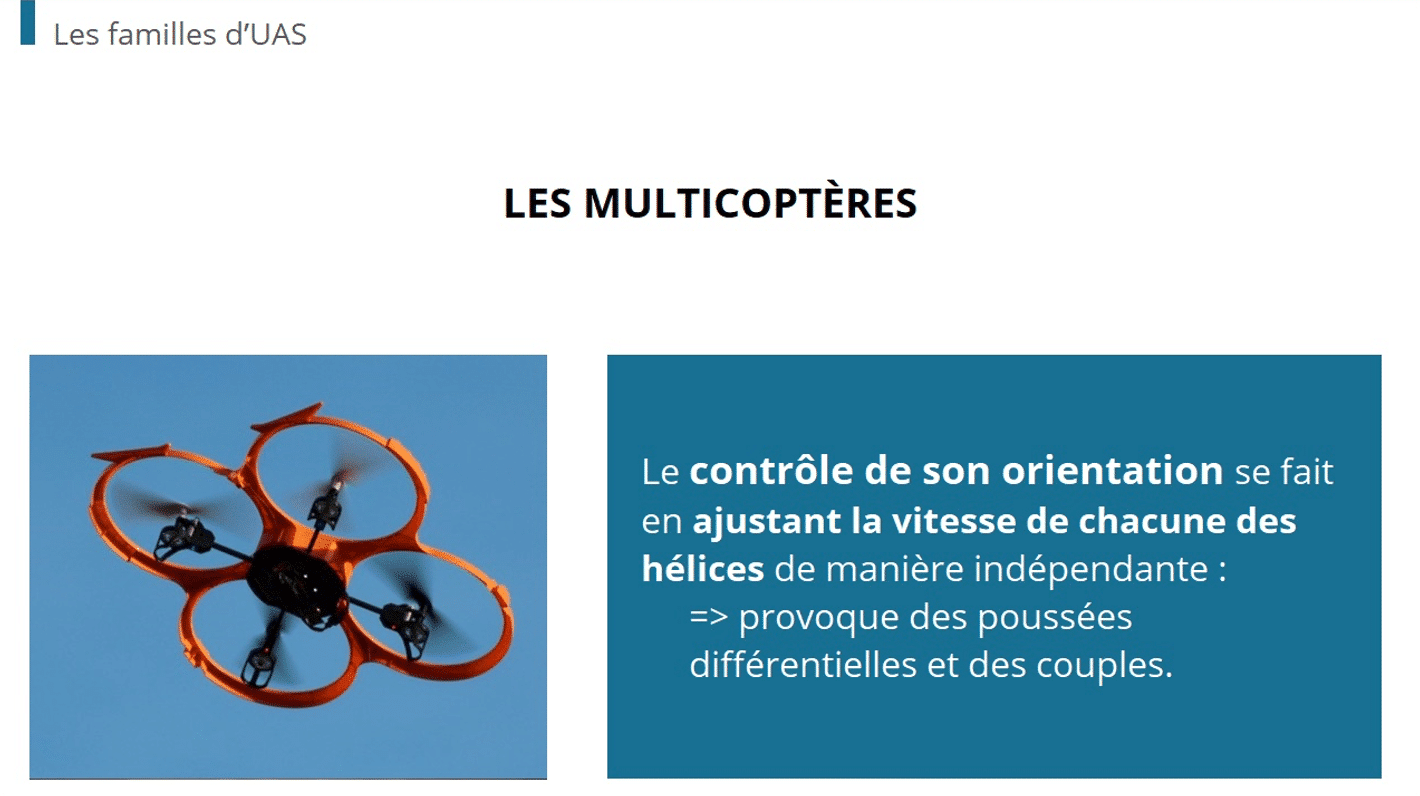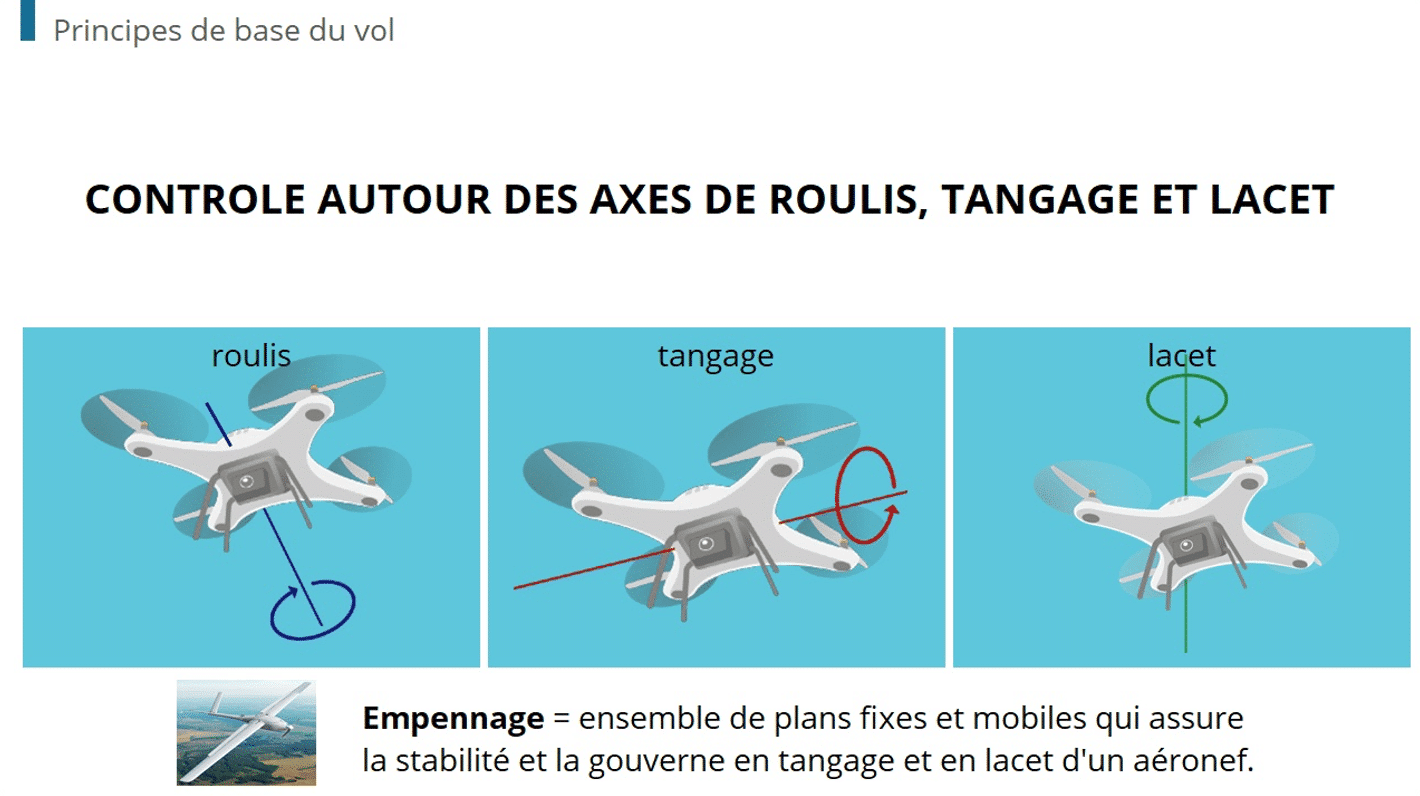The US construction industry is one of the most high-risk sectors in the economy. Every day, more than 7 million Americans work on construction sites that involve powerful equipment, heights, electrical systems, and unpredictable conditions. Despite decades of progress, construction still accounts for nearly 1 in 5 workplace fatalities in the United States.
To protect workers, comply with OSHA regulations, and improve overall efficiency, many contractors and construction firms are turning to digital safety training with a Learning Management System (LMS). Digitalization is no longer optional — it’s a strategic necessity for companies that want to stay competitive while safeguarding their workforce.
Safety Training: A Top Priority for Construction Companies
Accidents Are Still Too Frequent — and Too Expensive
According to the U.S. Bureau of Labor Statistics (BLS), construction workers suffered over 200,000 nonfatal injuries in 2023. Fatalities reached more than 1,000 deaths nationwide, making it the deadliest industry sector.
The financial costs are staggering. OSHA estimates that workplace injuries and illnesses cost US businesses $167 billion per year, including:
- Lost wages and productivity
- Workers’ compensation and medical expenses
- Increased insurance premiums
- Legal costs and regulatory fines
- Project delays and reputational damage
For construction companies operating on tight margins, a single serious accident can derail profitability and jeopardize future contracts.
A Strict Regulatory Framework: OSHA Compliance
The Occupational Safety and Health Administration (OSHA) requires employers to provide proper training for employees exposed to hazards. In construction, this includes:
- PPE (Personal Protective Equipment) training
- Fall protection and working at heights
- Hazard communication for chemicals, asbestos, or silica
- Electrical safety and lockout/tagout procedures
- Heavy equipment and crane operation
Non-compliance is costly: fines can reach $15,625 per violation (2024 rates), while willful or repeated violations exceed $156,000.
Beyond fines, companies risk lawsuits, project shutdowns, and permanent damage to their reputation.
How an LMS Transforms Safety Training in Construction
Accessible and Flexible Training Anywhere
Traditional classroom-based safety training is difficult to coordinate across multiple sites. Workers often travel long distances, which disrupts schedules and increases costs.
With an LMS, training is accessible anytime, anywhere, on any device. Whether it’s a foreman completing OSHA 30 modules from a laptop or a crane operator reviewing safety checklists on a smartphone, flexibility ensures no time is wasted.
Rapid Updates to Training Content
Construction evolves quickly: new equipment, materials, and OSHA standards are introduced regularly. Updating paper-based manuals or scheduling refresher courses is slow and inefficient.
With a digital LMS, safety content can be updated instantly and distributed to all employees at once. When OSHA introduced new silica exposure limits, companies using LMSs were able to integrate updated modules within days, not months.
Personalized and Role-Specific Training
Risks vary widely depending on the job role. A roofer, electrician, and crane operator face very different hazards. An LMS enables role-based learning paths, ensuring each worker receives training tailored to their actual tasks.
Interactive features like quizzes, scenario-based learning, and VR modules make safety training engaging and memorable. This is particularly important for construction workers, many of whom are less receptive to traditional classroom learning.
Automated Reporting and Compliance Tracking
One of the biggest pain points for construction firms is documentation. OSHA audits require proof of training, certification dates, and compliance records. Without digital tools, managing this data is a nightmare.
An LMS provides automated compliance tracking:
- Every course completion is timestamped and logged.
- Supervisors can generate OSHA-ready reports instantly.
- Certification renewals (e.g., OSHA 10/30, equipment operator licenses) trigger automated reminders.
This reduces compliance risks and ensures workers never step on-site without valid credentials.
The Business Case for Digital Safety Training
Digitalizing safety training delivers ROI that goes beyond compliance:
- Reduced accidents: Digital training leads to stronger retention, fewer incidents, and a safer workforce.
- Lower costs: Companies save on travel, instructor fees, and downtime.
- Increased productivity: Workers spend less time away from the job site.
- Better retention: Interactive and engaging training improves employee morale and reduces turnover.
- Competitive advantage: Clients increasingly demand proof of strong safety cultures when awarding contracts.
Building a Culture of Prevention
Safety is not just about compliance — it’s about building a culture of prevention. An LMS helps companies embed safety into everyday operations:
- Workers access training on-demand, reinforcing best practices regularly.
- Supervisors use dashboards to monitor safety awareness.
- Companies integrate safety training into onboarding, ensuring new hires start with the right mindset.
In an industry where “one mistake can cost a life,” this cultural shift is invaluable.
How Dokeos LMS Supports Construction Safety
Dokeos LMS was designed for high-risk industries like construction, offering:
- Mobile learning for workers on the move
- Role-based training paths tailored to each job function
- Automated compliance tracking to simplify OSHA audits
- Interactive formats (quizzes, video scenarios, VR) that boost engagement
- Integration with HR and project management tools for streamlined operations
Our clients in construction and industrial sectors report fewer accidents, faster compliance reporting, and stronger workforce engagement.
👉 Start your free trial of Dokeos LMS today and experience how digital safety training can transform your construction projects.
FAQ – Safety Training LMS for Construction
1. Why should construction companies digitalize safety training?
Because traditional training is costly, inflexible, and hard to update. An LMS provides flexible, role-based, and up-to-date training that reduces accidents and ensures compliance.
2. Does an LMS really help with OSHA compliance?
Yes. With automated tracking, certification reminders, and instant reporting, an LMS makes OSHA audits faster, easier, and less stressful.
3. What devices can workers use to access training?
Smartphones, tablets, or computers. Mobile access is critical for construction sites, where desktops aren’t practical.
4. Can digital training replace hands-on safety practice?
No — but it enhances it. LMS modules prepare workers before hands-on sessions, making in-person practice more effective and safer.
5. What’s the ROI of digital safety training?
Reduced accidents, fewer fines, lower training costs, improved workforce morale, and stronger client trust — often paying for itself within the first year.





















